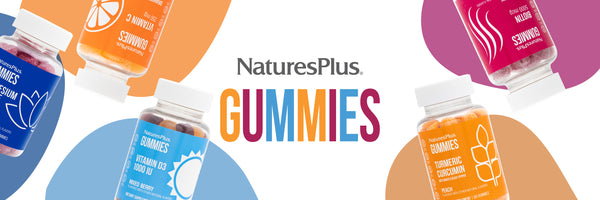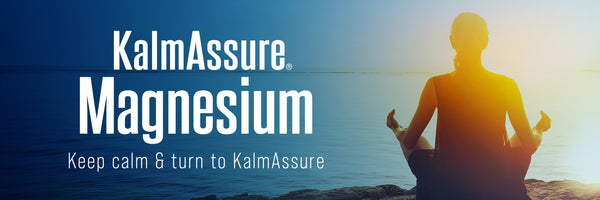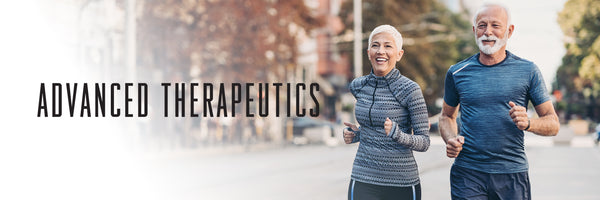Tend to feel down during winter’s shorter days? For some people, less exposure to sunlight can trigger seasonal affective disorder—SAD.
“SAD refers to the worsening of depressed feelings that occurs during periods of decreased daylight and/or in colder temperatures, usually during the winter season, and that has a predictable set of symptoms and history,” says Steven Schlozman, MD, associate director of the Clay Center for Young Healthy Minds at Massachusetts General Hospital.
While many people use the term SAD, Schlozman says the syndrome is now formally referred to asdepressive disorder with seasonal pattern. (We’ll stick with SAD.) Schlozman says a diagnosis of SAD is made only after symptoms appear and disappear seasonally for at least two years.
What Are the Symptoms of SAD?
“SAD presents similar to other types of depression, but what sets it apart is the timing of symptoms,” says Ivy Branin, ND, of Simplicity Health Associates in New York City. It tends to start in the late fall or December and dissipate in May.†The information provided is not an endorsement of any product, and is intended for educational purposes only. NaturesPlus does not provide medical advice and does not offer diagnosis of any conditions. Current research on this topic is not conclusive and further research may be needed in order to prove the benefits described. The conditions and symptoms described may be indicative of serious health problems, and therefore should be brought to the attention of a qualified healthcare practitioner.
Some basic symptoms include changes in appetite (generally with an increased craving for sweet or starchy foods), weight gain, heaviness in the arms or legs, decrease in energy, tendency to oversleep, difficulty concentrating, irritability, increased sensitivity to social rejection and avoidance of social situations or not wanting to go out.
Who Gets SAD?
According to Schlozman, anyone can get SAD. However, he says, “Current data based on the criteria used for SAD suggests that people with a family or personal history of depression or bipolar disorder are at higher risk.”
Branin agrees that SAD can strike anyone, but says it’s about four times more common in women than in men. The disorder typically begins around age 20 and the risk for getting it decreases in elderly people; SAD occurs only rarely in children and teens.
While you are more likely to get SAD in places farther away from the equator, it is possible to get SAD in sunny climates, says Branin, although “it is far less common.”
How Is SAD Diagnosed?
If you think you may have SAD, consult with a general or psychiatric practitioner to see if “the symptoms are getting in the way of your daily functioning,” says Schlozman.
Branin adds that getting a diagnosis is crucial; the problem may be a deeper-rooted depression or even another medical condition such as hypothyroidism.
“A mental health professional like a psychologist or licensed social worker might be the best place to start. A medical doctor would be advisable as well to rule out thyroid problems or vitamin D deficiency,” Branin says.
Feeling Less SAD
“Exercise and healthy eating have enormous benefits, and yet these are exactly the behaviors that sometimes seem hardest for people in winter,” Schlozman says. Try for 30 minutes of moderate exercise five days a week. (Schlozman adds, “If you can get to a sunny climate, even for a few days, then do it.”)
Branin suggests eating lean protein, high-fiber carbs and plenty of produce. This diet supports stable blood sugar, which makes for better moods, and provides amino acids, which the body uses to make the mood-mellower serotonin. Hit the water, too; indoor heat can cause dehydration, which can make depression worse.†The information provided is not an endorsement of any product, and is intended for educational purposes only. NaturesPlus does not provide medical advice and does not offer diagnosis of any conditions. Current research on this topic is not conclusive and further research may be needed in order to prove the benefits described. The conditions and symptoms described may be indicative of serious health problems, and therefore should be brought to the attention of a qualified healthcare practitioner.
Full-spectrum light mimics outdoor light and helps restore day/night rhythm. Branin says it has “been shown to help with thyroid function, which helps with metabolism and cognition.”†The information provided is not an endorsement of any product, and is intended for educational purposes only. NaturesPlus does not provide medical advice and does not offer diagnosis of any conditions. Current research on this topic is not conclusive and further research may be needed in order to prove the benefits described. The conditions and symptoms described may be indicative of serious health problems, and therefore should be brought to the attention of a qualified healthcare practitioner.
For people with SAD, getting a specially designed lightbox is a common recommendation. Talk to your healthcare practitioner before choosing a lightbox, especially if you have an eye disorder such as cataracts.
The Mayo Clinic says a lightbox should “provide an exposure to 10,000 lux of light and produce as little UV light (which can harm the eyes) as possible.”
Mayo makes the following suggestions when looking for a lightbox:
- It should be specifically made for SAD; some light-therapy lamps are designed to address skin disorders and may produce too much UV
- Look for features that help protect your eyes
- Decide on size and shape—upright lamp, small tabletop box—based on what you’ll be doing while using the lightbox, generally within an hour of waking for 20 to 30 minutes
†The information provided is not an endorsement of any product, and is intended for educational purposes only. NaturesPlus does not provide medical advice and does not offer diagnosis of any conditions. Current research on this topic is not conclusive and further research may be needed in order to prove the benefits described. The conditions and symptoms described may be indicative of serious health problems, and therefore should be brought to the attention of a qualified healthcare practitioner.The information provided is not an endorsement of any product, and is intended for educational purposes only. NaturesPlus does not provide medical advice and does not offer diagnosis of any conditions. Current research on this topic is not conclusive and further research may be needed in order to prove the benefits described.
The conditions and symptoms described may be indicative of serious health problems, and therefore should be brought to the attention of a qualified healthcare practitioner.
Like this article? You’ll love our weekly newsletter
sign up here!
**These statements have not been evaluated by the Food and Drug Administration. This product is not intended to diagnose, treat, cure or prevent any disease.











































































